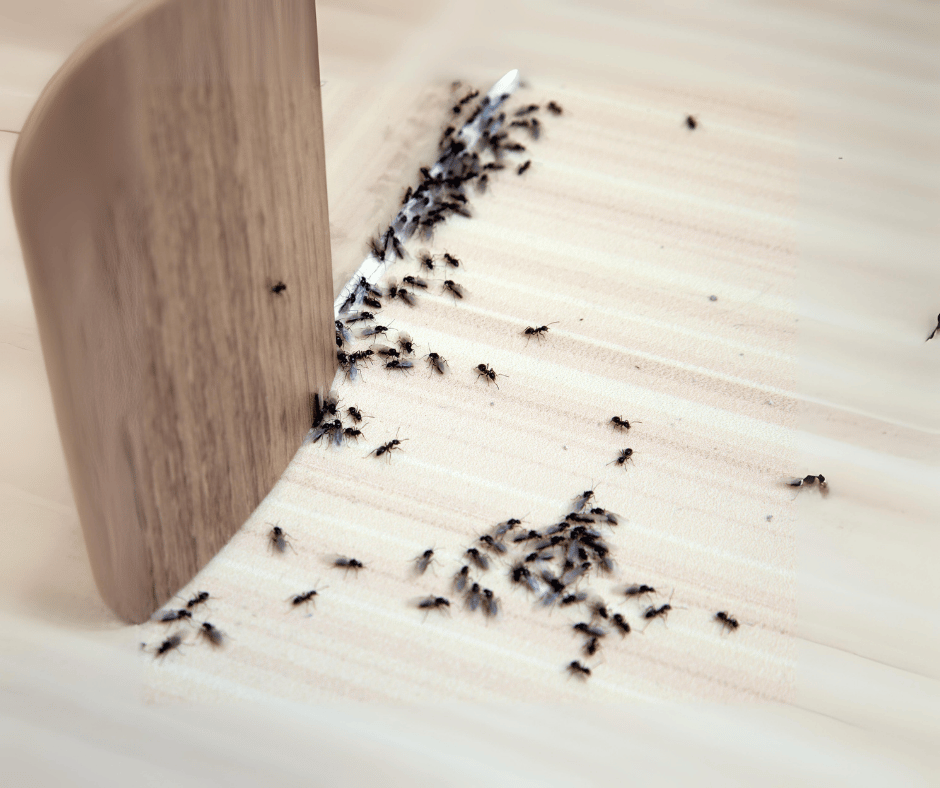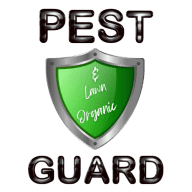Table of Contents
- 1 Argentine Ants Don’t Stand a Chance—Gone the Same Day, Guaranteed Relief
- 1.1 🧠 Why Argentine Ants Are So Hard to Control
- 1.2 Our Customers Are Happy; You Will Be Too!
- 1.3 Schedule Your Argentine Ant Treatment Now!
- 1.4 🌳 What Makes My Argentine Ant Service the Best
- 1.5 🏝️ Specializing in Beachside & Barrier Island Homes
- 1.6 👨🔧 DIY Tips: How You Can Control Argentine Ants at Home
- 1.7 😎 Why You’ll Want to Call Me Anyway
- 1.8 🏆 Your Best Choice for Argentine Ant Control
- 1.9 💲 How Much Does Argentine Ant Control Cost?
- 1.10 🐜 🧠 Argentine Ant FAQ – The Ultimate Guide
- 1.11 We Service These Space & Treasure Coast Cities & Towns
Argentine Ants Don’t Stand a Chance—Gone the Same Day, Guaranteed Relief
Argentine Ant Control in Brevard & Indian River County
Same-Day Relief from the Ants That Just. Don’t. Quit.
Argentine ants don’t mess around. When they show up, they don’t bring a few buddies—they bring the colony. And not just a colony, but a supercolony that can span entire neighborhoods. These pests are relentless, and worse, they’re organized.
But so am I.
At Pest & Lawn Organic Guard, I don’t just toss out some bait and call it a day. I attack the problem at the root. That means spraying trees, bushes, and plants for the hidden culprits that brought these ants in the first place—sap-sucking insects like scale, aphids, mealybugs, and whiteflies. They’re like tiny soda fountains for ants, dripping honeydew that fuels the colony.
And while other companies might ignore those plant pests—or worse, not even know they’re part of the problem—I handle it all in one go.
🧠 Why Argentine Ants Are So Hard to Control
Argentine ants are known for:
- Forming massive supercolonies that stretch across properties and even city blocks
- Swarming in the spring and summer, especially on warm, humid evenings
- Being drawn to light, often entering through cracks around windows and doors
- Marching inside in huge trails, especially after rain or when outdoor food sources are low
- Teaming up with aphids and scale insects, creating “mutual relationships” where they protect the bugs and eat the sugary honeydew
Trying to stop them with just Terro bait is like trying to stop a flood with a sponge. You might slow them down, but they’ll be back.
Our Customers Are Happy; You Will Be Too!
Schedule Your Argentine Ant Treatment Now!
🌳 What Makes My Argentine Ant Service the Best
Here’s what you get when you hire me—not a random tech, but the licensed pest control operator and owner of the business:
✅ Full perimeter treatment (foundation, entry points, trails)
✅ Tree and plant spraying to kill scale, aphids, and other honeydew producers
✅ Optional attic dusting to stop hidden activity overhead
✅ Inspection for conducive conditions, like leaf litter and moisture buildup
✅ Fast results—ants gone in under 24 hours
✅ No nonsense, no runaround—just expert service from a veteran-owned small business
Big box pest control companies won’t send the licensed operator. You get a different face every time. With me, I’m the one who shows up, I’m the one who treats, and I’m the one who stands by the work.

🏝️ Specializing in Beachside & Barrier Island Homes
From Cocoa Beach to Vero Beach, I’ve got the Barrier Island covered. If you live on the beachside, you already know how moisture, sand, and thick vegetation can create pestivious conditions. That’s just a fancy way of saying, “a bug paradise.”
I know exactly how to treat homes near the ocean, with careful consideration for:
- Salt air corrosion on homes and outdoor equipment
- High humidity and moisture-prone areas
- Dense landscaping that provides shelter for ants and pests
👨🔧 DIY Tips: How You Can Control Argentine Ants at Home
Want to give it a shot yourself? Here’s a practical plan:
1. Inspect your plants
Look for black moldy stuff or sticky residue—signs of scale or aphids. If you’ve got ‘em, treat them with insecticidal soap or neem oil. These bugs are what keep Argentine ants coming back.
2. Trim tree limbs and shrubs
Branches touching your home are superhighways for ants. Trim them back to cut off easy access routes.
3. Reduce moisture & leaf litter
Ants love cool, moist areas. Clean up leaves, pine needles, mulch piles, and fix any leaky spigots or sprinklers. These are classic conducive conditions that help them thrive.
4. Use Terro bait strategically
If you’ve done all of the above and still see ants, you can use Terro liquid bait, found at Publix, Walmart, Lowe’s, or Home Depot. Place it next to, not on ant trails and don’t disturb the bait once they start feeding.
😎 Why You’ll Want to Call Me Anyway
Even if you treat a few plants or put out some bait, you’re not really solving the whole problem unless you:
- Identify and treat ALL ant-attracting insects
- Target every colony access point
- Treat the soil, trees, and structure in one shot
That’s exactly what I do—and because I’m already fully equipped for tree and bush spraying, it’s no big deal for me to go the extra mile and give you total Argentine ant elimination.
🏆 Your Best Choice for Argentine Ant Control
- Veteran-owned and operated
- Serving Brevard & Indian River Counties
- Local expert on Argentine ants and their plant-based food sources
- Fast, effective, guaranteed results
- Specializing in barrier island and beachside homes
You can try it yourself, but if you want them gone by tomorrow, I’ve got you covered. One visit, one solution, zero ants.
📞 Ready to Win the War on Ants?
Contact Pest & Lawn Organic Guard today at 321-704-0434. Let’s end this infestation the smart way—by killing the ants and their food source at the same time.
Call or text now. You’ll sleep better tonight.
💲 How Much Does Argentine Ant Control Cost?
Our Argentine Ant service starts at $179 for most standard residential properties in Brevard and Indian River Counties, including homes along the Barrier Island and beachside.
Pricing may vary depending on:
- Property size
- Landscaping density (especially if tree/bush spraying is needed)
- Severity of infestation
- Need for attic dusting or follow-up visits
💡 Good news: Most homes are fully resolved in one visit. And when I say the ants will be gone in under 24 hours, I mean it. Want a custom quote? Just send a quick photo or give me a call/text.
🐜 🧠 Argentine Ant FAQ – The Ultimate Guide
Everything you need to know to keep your home ant-free—for good.
🚨 GENERAL ARGENTINE ANT QUESTIONS
🧰 ARGENTINE ANT TREATMENT OPTIONS
🛡️ ARGENTINE ANT PREVENTION – THE MOST IMPORTANT SECTION
https://entnemdept.ufl.edu/Creatures/urban/ants/Argentine_ant.htm

